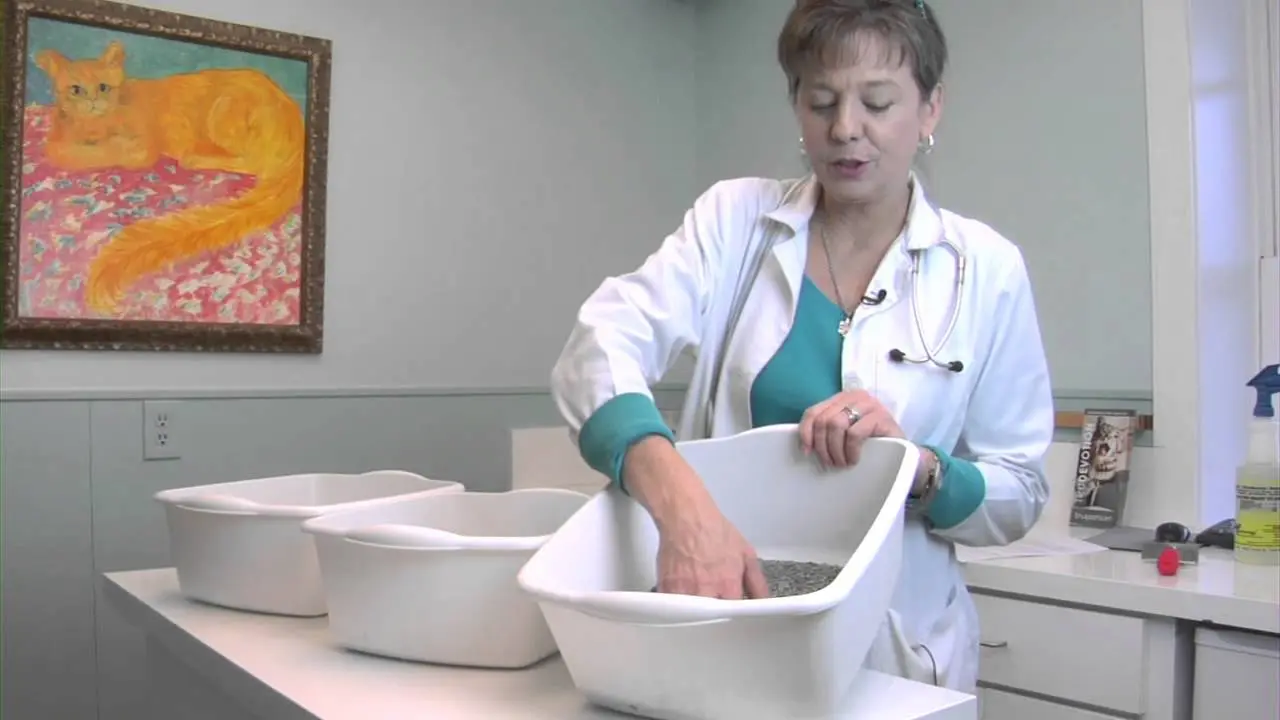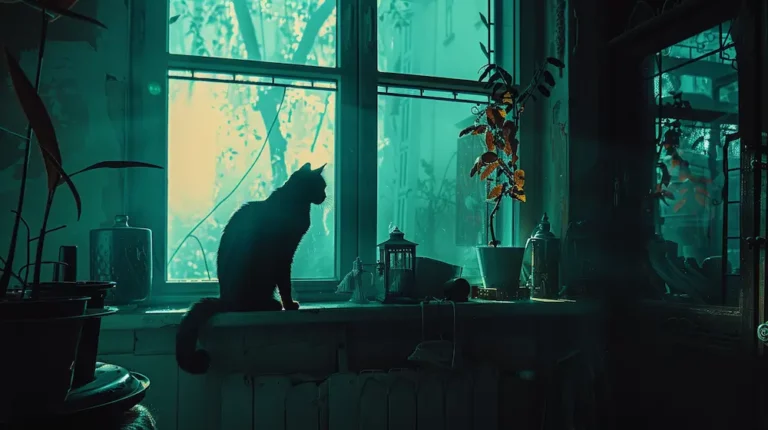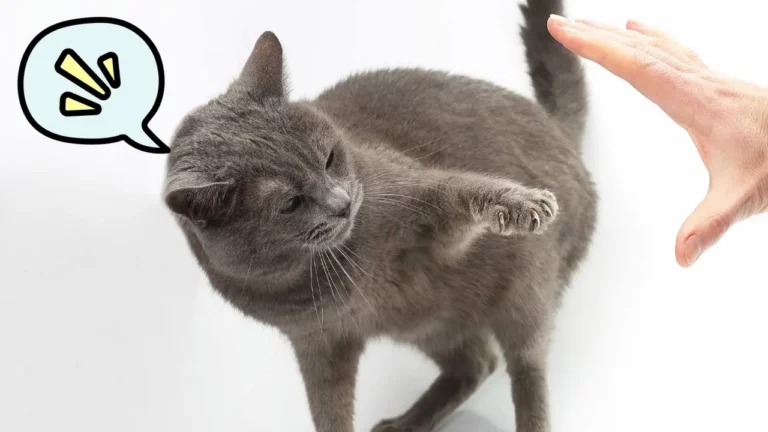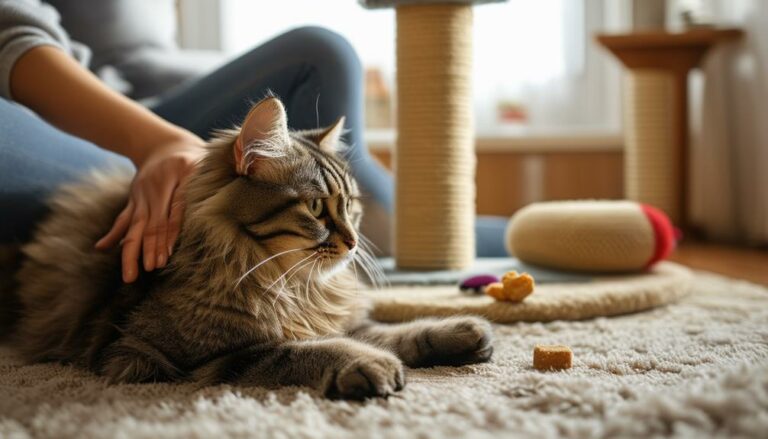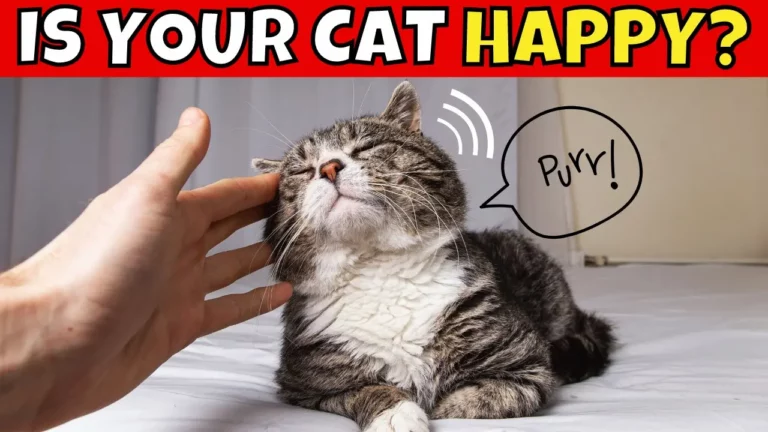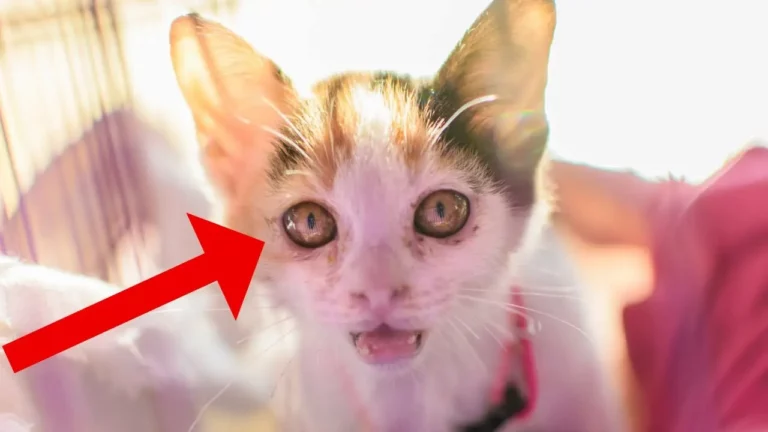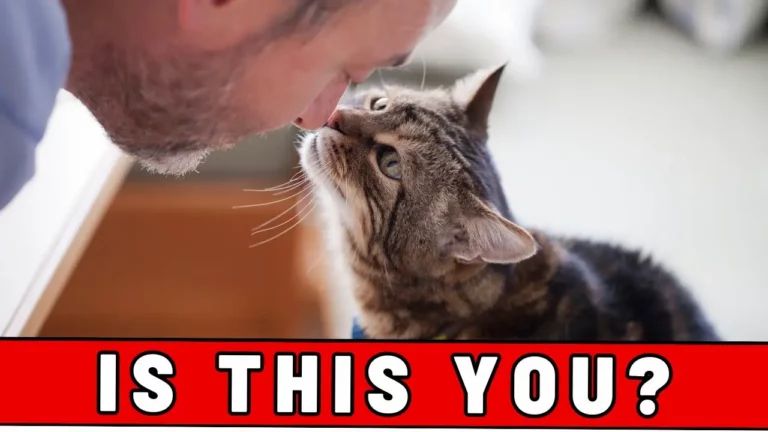Why Is My Cat Peeing On the Rug? 5 Things Your Cat Could Be Saying
We’ve all been there—coming home to find an unwelcome surprise on the rug.
It’s frustrating, but your
Understanding why your
In this text, I’ll jump into five key reasons your
From medical concerns to behavioral issues, let’s decode what your kitty’s trying to communicate and how you can help them get back on track.
Why Cats Choose Rugs
Let’s jump into some possible explanations for this peculiar behavior.
The Comfort and Texture of Rugs
Cats often go for rugs because they find the texture comforting.
Have you noticed how cats love soft surfaces?
They might prefer peeing on something that feels softer under their paws compared to the hard surface of a litter box.
Plus, rugs absorb liquid better than most other materials, which may make them more appealing.
Marking Territory: A Natural Instinct
Territory marking is another reason your
Cats naturally mark their territory using scent markers, including urine.
If they feel threatened or stressed by another pet or even new furniture, they’ll resort to this behavior.
So it’s not just about being naughty; it’s about making themselves feel secure in their space.
Health Issues That Can Cause Inappropriate Urination
Sometimes, when cats pee outside their litter boxes, they might be trying to tell us something important about their health.
Here’s a closer look at some common medical issues that can lead to this behavior.
Urinary Tract Infections (UTIs)
One of the first things I check for when a
It’s pretty common in cats and can be quite uncomfortable for them.
They might associate the litter box with pain, so they avoid it entirely. Instead, they find a softer surface like your rug.
Symptoms of UTIs include frequent urination, straining to urinate, or blood in the urine.
If you notice any of these signs, it’s time to visit the vet.
We usually run a simple urine test to confirm the diagnosis. With antibiotics, most cats recover quickly.
Related read: 8 Healthy Cat Foods For Cats With Urinary Tract Problems
Kidney Issues and Diabetes
Kidney problems and diabetes are other health concerns that could cause inappropriate urination.
Cats with kidney disease often drink more water and need to urinate more frequently.
Sometimes they can’t make it to the litter box in time.
Diabetes has similar symptoms. Increased thirst and urination are key signs you shouldn’t ignore.
Both conditions are serious but manageable with proper treatment.
For kidney disease, we might adjust your
Diabetic cats usually require insulin shots and dietary changes.
Stress and Environmental Factors
You’ve got a
Cats often use their urination habits to tell us something’s off in their world.
Let’s dig into two biggies: stress and environmental factors.
Changes in the Home Environment
First off, if your home environment’s changed recently, that might be stressing out your furry friend.
Have you moved furniture around? Introduced new family members or even another pet?
Cats thrive on routine and stability.
When things shift suddenly, they can get anxious and start marking territory to feel secure again.
For example, I once had a client who rearranged her living room. Her previously well-behaved
We figured out that the
So, if you’ve made any changes at home, try to ease your
Give them time to adjust—maybe even set up some familiar items like their favorite blanket or toys near the new arrangement.
Multi-Cat Household Dynamics
Living with multiple cats isn’t always peaceful harmony; sometimes it’s more ‘frenemies’ than friends.
If you’ve got more than one
Cat hierarchies can be complex and subtle changes—like a new
One case I remember involved a pair of cats who’d lived together for years without issues.
Then, a third
The original cats felt threatened and used inappropriate urination as a way to establish dominance or cope with stress.
In these situations, ensure each
Sometimes setting up separate territories within your home helps too.
Stress isn’t just bad for us humans; our cats feel it too.
Pay attention to what’s going on in your household because those little changes might be big deals for your cats.
Communication Through Behavior
Cats aren’t just cute fluff balls—they’re also pretty mysterious when it comes to their behavior.
When your
Let’s break down what they might be saying.
Attention Seeking
Sometimes, cats pee outside the litter box simply because they want your attention.
You might be wondering, “Why?”
Well, if they feel neglected or crave interaction, they’ll do something guaranteed to get noticed—like peeing on your favorite rug.
From my experience, cats who are usually clingy or vocal may resort to these antics when they’ve got no other way of grabbing your attention.
It’s crucial to spend quality time with them daily—play with their favorite toys or indulge in some good old petting sessions.
Expressing Displeasure or Stress
Cats don’t handle stress well, and big changes can set them off in ways you’d least expect.
Ever moved furniture around or had a new family member move in? Your
In multi-cat households especially, tensions can run high if there are disputes over territory or resources like food bowls and sleeping spots.
To minimize this behavior, provide each
I’ve seen many cases where stabilizing the environment significantly reduced stress-related urination issues. Keeping routines consistent and providing interactive play can work wonders in making your catfriend feel secure again.
| Trigger | Solution |
|---|---|
| New Pet/Home Change | Gradual Introduction |
| Litter Box Issues | Clean Regularly & Use Multiple |
| Lack of Attention | Dedicate Time Daily |
How to Address and Prevent Rug Peeing
Alright, let’s tackle the nitty-gritty of stopping your
It takes some strategy but trust me, it’s doable.
Providing Adequate Litter Boxes
First off, litter boxes.
Cats can be pretty picky about their toilets.
You need at least one box per
So if you’ve got two cats, three boxes are ideal. Place them in quiet, easy-to-access spots.
Sometimes a noisy or busy spot can spook your
Ever noticed how clean freaks we humans are? Well, cats don’t like dirty bathrooms either.
Scoop out waste daily and change the litter entirely once a week to keep things fresh.
Also, consider the type of litter – some cats prefer clumping while others might like non-clumping.
Oh, and size matters! Ensure the box is big enough for your furball to turn around comfortably.
Regular Veterinary Check-Ups
Sometimes peeing outside the litter box means there’s a health issue.
Regular vet check-ups can catch problems early on. Urinary tract infections (UTIs), kidney issues, or even diabetes could be causing your kitty discomfort.
If you notice any sudden changes in their peeing habits, don’t wait – get them checked ASAP.
I remember I had this one client with a
Turned out he had a UTI that needed treatment pronto.
Stress Management Techniques
Cats get stressed too, and when they do, odd behaviors crop up – like inappropriate urination.
Identify stressors: new pets, moving homes, loud noises?
Once you pinpoint it, try calming techniques such as pheromone diffusers or giving them more attention and playtime.
Remember Coco? She was super stressed after her owner brought home a new puppy.
Extra cuddles and ensuring she had her own safe space helped her relax and stop marking territory inappropriately.
Clean Up Properly
You gotta clean those pee spots thoroughly; otherwise, cats will just go back to the same spot again and again because of lingering odors.
Use enzymatic cleaners specifically designed for pet stains instead of regular household cleaners which might not eliminate all traces of urine scent.
Once I recommended an enzyme cleaner to John whose
Creating a Safe Environment
Make sure each
Territorial disputes can cause stress-related accidents so keep an eye on how they interact.
These steps combined form an effective plan against rug-peeing incidents caused by behavioral issues rather than medical ones—though always consult with professionals if doubts linger long-term.
Conclusion
By addressing potential health problems, providing the right environment, and using effective cleaning methods, you’re on your way to a happier home for both you and your
Remember patience is key and don’t hesitate to seek professional advice if needed.
Your efforts will pay off in creating a stress-free space for your
